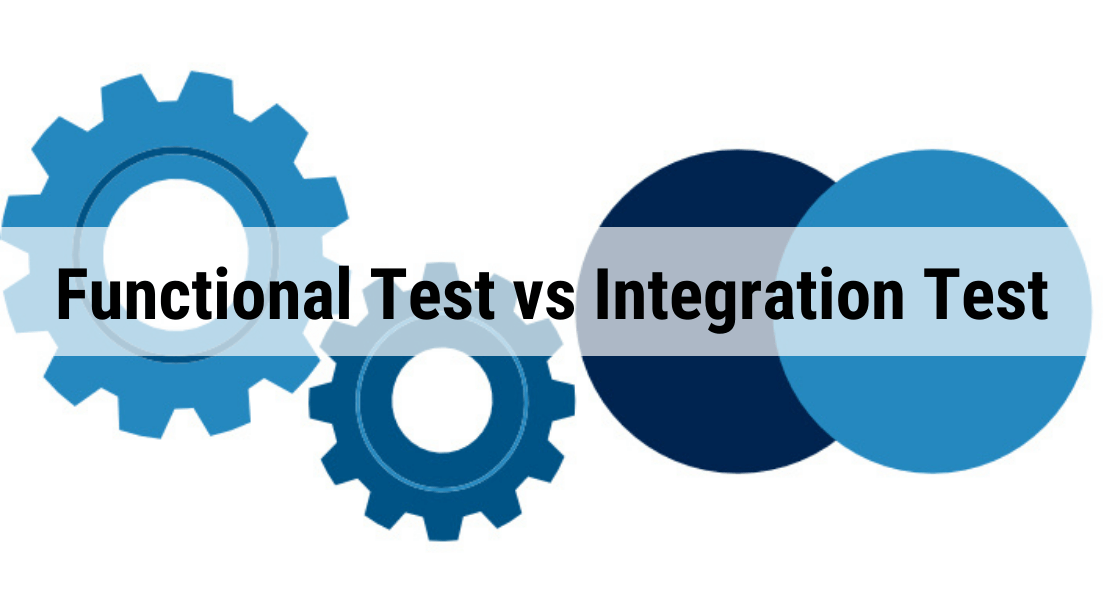In This article
Software testing has many benefits that contribute to meet user requirements that ultimately result in business success when releasing the final product. While the testing process may seem long and complex, there are numerous advantages of executing different test types in different development phases which are crucial to ensure high-quality software. Functional test and Integration test are two noteworthy examples of test types that validate proper functionality and assure the software is bug-free.

What is a Functional Test?
The main purpose of functional testing is to examine if the software is functioning as it is supposed to in an end-user real-life situation. To understand if the software is behaving faultlessly, the desired results which are mostly detailed in the software requirements specification (SRS) document, are compared to the real test results. For the most part, QA Testers, Test Engineers, or Business users are the responsible staff members for executing this particular test.
A functional test does not involve testing the internal code or any programming knowledge, hence, this is a black-box testing technique. Several types of tests can be considered functional tests such as regression testing, smoke testing, and integration testing. A good example of this test would be testing various features on a web page like searches or links.
Advantages of Functional Tests
- Secure a flawless software functionality
- Keep the software clean from bugs and defects
- Ensure user requirements are met
- Simulate an end-user real-life environment
What is an Integration Test?
The objective of integration testing is to check the functionality of multiple different modules as a group. In this specific test, we want to make sure that the interaction between the different components is working properly and free of defects. Before testing the modules together, they need to be tested separately, so prior to the integration test a unit test needs to be executed.
The integration test is a gray-box testing technique and can be executed by a diverse workforce within the company like QA Testers, Test Engineers, and Developers. There are a variety of ways to perform integration testing such as top-down, bottom-up, big-bang, and more. To simplify the integration testing process, you can use a document like a test plan.
Advantages of Integration Tests
- Allow finding bugs in the components as a group
- Assure the modules interact with each other flawlessly
- Various staff members can execute integration tests
- Can be performed in several different approaches that fit the best for your process
Comparison between Functional Test and Integration Test
| Functional Test | Integration Test |
|---|---|
| To verify the software is functioning as it should in a real-life situation, and also meets the user requirements | To test the functionality of a group of different modules and understand how they interact with each other |
| QA Testers, Test Engineers, and Business users | QA Testers, Test Engineers, and Developers |
| User requirements | Modules interface |
| Black-box testing | Gray-box testing |
|
|
Summary
In summary, the software testing process is a vital part of developing software that meets both user and business requirements. The benefits of performing a large variety of test types will help you achieve high-quality software. A functional test is intended to check if the software is behaving as expected while simulating a real-life situation from an end-user perspective. An integration test is a certain type of functional testing that examines the interaction of numerous different modules together.
PractiTest test management platform could highly support you while managing all the different types of functional and non-functional testing. Try a 14 day free trial to gain end-to-end visibility and ensure full coverage for your QA testing process.
























